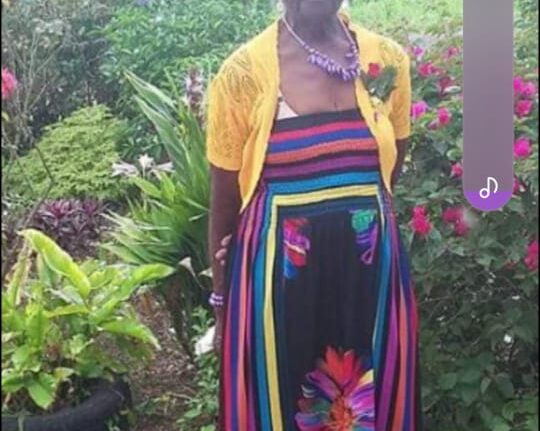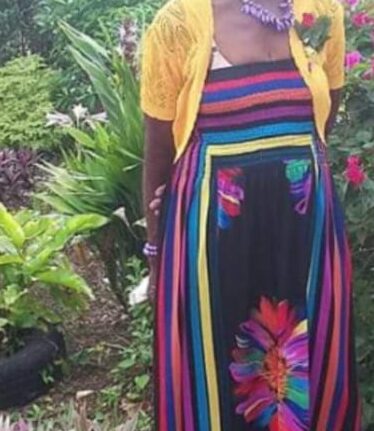Defining sickle cell and how to live with it
Dr Shamiel
While September is back to school month for many of us, it’s also recognized for something else. September is Sickle Cell Awareness month. This is significant for us in the Caribbean as we all have had a degree of interaction with someone diagnosed with Sickle Cell Anemia, whether it’s a neighbour or a friend of a friend or even a family member, sickle cell has touched our lives one way or the other.
What is Sickle Cell Anemia?
Sickle Cell disease is a disorder in which the body makes sickle shaped red blood cells. Many of us haven’t seen a sickle in quite a while so you may be wondering what shape is that? Think of a crescent moon, that’s the shape of a sickled cell.
Normal red blood cells are doughnut shaped, minus the hole in the centre. Normal red blood cells contain hemoglobin which transports oxygen in our blood from one place to another. These doughnut shaped red blood cells pass easily through our blood vessels with no problems.
In sickle cell disease, these red blood cells have an abnormal hemoglobin known as hemoglobin S. These abnormal red blood cells often stick to the walls of blood vessels, eventually leading to a back up of blood which may cause pain and organ damage.
Who is at risk for Sickle Cell Disease?
Sickle Cell Disease is an inherited disorder which means both parents have to have the trait in order for someone to get the disease. It commonly affects persons of African descent and Mediterranean ancestry.
Signs and Symptoms
The most common signs and symptoms of Sickle Cell Disease are linked to anemia and painful crises. Signs of anemia include becoming tired easily, shortness of breath and pale skin.
Signs and symptoms as it relates to pain also vary with each individual. Pain may be acute or chronic and individuals may complain of deep bone pain or pain in the joints.
Serious complications of Sickle Cell Disease include Acute Chest Syndrome which is a life threatening condition, similar to pneumonia where patients present with chest pain, shortness of breath and fever. Splenic crises tend to present in the young; this occurs when the spleen that is filtering the blood traps too many red blood cells within it leading to an even greater anemia.
Infections are another complication of Sickle Cell Disease affecting persons who no longer have a functional spleen due to recurrent damage. It is for this reason that persons with Sickle Cell Disease should receive certain immunizations.
How To Live With Sickle Cell Anemia
Certainly adopting and maintaining a healthy lifestyle will help to prevent the complications described above. Eating a diet low in sodium, trans fats and refined grains will prove to be of added benefit. Taking folic acid supplements daily will help your body produce new red blood cells. Drinking adequate amounts of water will help prevent dehydration and thus will not precipitate crises.
You may want to avoid decongestants, such as pseudoephedrine. These medicines can tighten blood vessels and may contribute to the back up of blood leading to the development of painful crises.
Avoid extreme heat or cold and long hours of physical activity. Be sure to check with your doctor the vaccines necessary for your health to prevent some of the infections that are common to sicklers.
You may be surprised to know that our little island has been one of the pioneers in Sickle Cell Research and has provided the guidelines which many nations now use. The Sickle Cell Unit at the University of the West Indies, Mona has been responsible for countless sickle cell patients over the years and continues to strive to make breakthroughs in the management of anyone affected by this disease.









